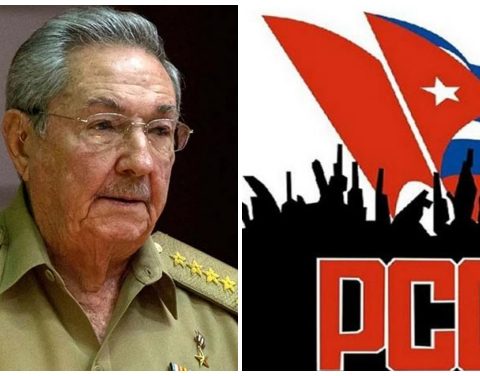HAVANA.- For some years now, we Cubans have seen our breakfast traditional: coffee with milk and bread with butter remained in a simple coffee cup. To make matters worse, today there are fewer and fewer people who even have that buchito to start the day, even if it is mixed with peas.
With the implementation of the ration book In July 1963, the dictatorship rationed the amount of food that the inhabitants of the largest of the Antilles could buy. The distribution and sale of essential groceries was regulated by the Food Distribution Office (OFICODA), and one of the affected products was coffee. When rationing began, one packet of pure powder was sold per person every ten days at a price of 30 cents. Shortly after, they began selling it every 30 days, and it didn’t take long for them to start mixing it with peas, which gives it a flavor and aroma that has nothing to do with the pleasant grain. For many, the best way to describe it is by saying that “it tastes like hell.” Who knows, maybe they are not so wrong, because in recent times we don’t even know what “hell” it is mixed with.
In 2005, the recovery of the coffee industry was announced and pure coffee began to be sold again through the family basket. But our joy was short-lived: before five years the peas returned to make the mixture bitter. On that occasion, in addition to reporting on the “financial difficulties” in acquiring coffee on the international market and the low production in the country, the elimination of the quota for children from 0 to 6 years old was announced.
Contradictorily, in freely convertible currency (MLC) stores, to which not all Cubans have access, coffee harvested in our country is sold under the denominations Cubita, Regil, Turquino, Serrano, Arriero and others. On the other hand, local brands with international recognition are exported to import others of lower quality and cheaper. These are sold to the population in stores that collect foreign currency and have little acceptance, since they are not pleasant to our palate.
In October 2022, under the policy of “rearrangement”economically, the price of Hola coffee (from the winery) increased from 8 to 11 Cuban pesos (CUP), according to the Ministry of Finance and Prices (MFP). However, no reference was made to improving its quality, which is going from bad to worse. This has led consumers to believe the rumors that it is now linked to palm nut. Naturally, the official media have denied such assertions. Still, why not believe it? The regime has proven to be capable of worse things.
At the moment, brands preferred by Cubans, such as La Llave, Pilón and Bustelo, produced in the United States, can be purchased on the informal market. That is, if your pocket allows it. Sometimes you can also buy coffee harvested by independent farmers, either as beans to roast and grind, or already roasted and ground, ready to brew. The Hola package is also found quite frequently in a black bag, although due to rampant inflation its price is simply absurd.
In more recent times, the prompt recovery of the coffee industry has once again been repeated news in the official media. News that is contradicted, however, by reality, since in the distribution of Hola coffee, long delays are rather common. In fact, this time they haven’t sold it for seven months. It is impossible not to suspect that it has simply been eliminated from the ration book without informing the population. After all, it wouldn’t be the first time this has happened with a product.















